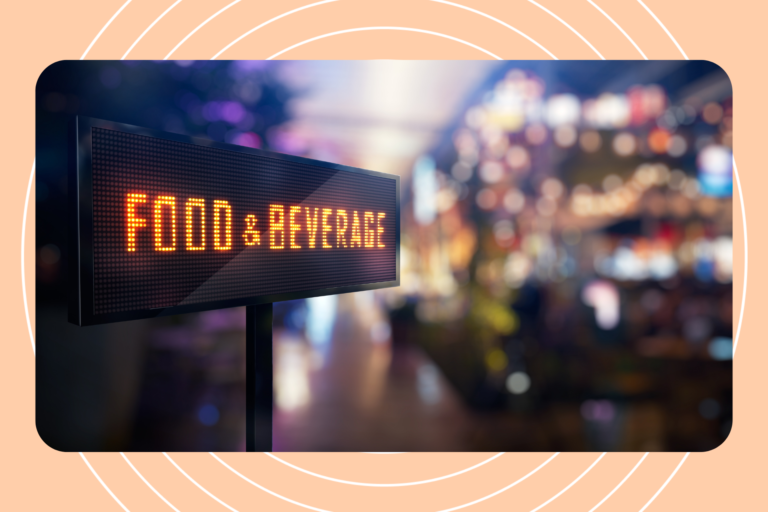If you would tell me five years ago to shoot my videos in a vertical (portrait) orientation, I would definitely give you a disgusted look, I would have even told you that you are a savage.
Fast forward 2023 almost all of my video uploads are in vertical orientation. Does it mean though that I only shoot now in a vertical orientation? Not really. Capturing horizontal (landscape) videos are still often considered the superior format in the context of aesthetics and practical applications of video content.

What’s the difference?
The proportional dimension between the height and width of an image or a video is called aspect ratio. It is expressed in ratios such as 4:3, 16:9, 1:1 etc. For the sake of comparison let us stick with the 16:9 aspect ratio. 16:9 is the most common aspect ratio for modern high-definition video and is often referred to as widescreen. This is also the same dimension but in vertical orientation (9:16) many social media platforms recommend, such Instagram, TikTok and YouTube shorts. We also call these orientations as “landscapes”/horizontal and “portrait”/vertical.
The aspect ratio of a video can have a great impact on its overall composition and visual impact. Aspect ratio can also influence how materials and contents are viewed on various devices and platforms. Understanding aspect ratio is crucial since it can affect the effectiveness and visual impact of the information created.
The Rise of Vertical Videos
Now let’s talk about how vertical videos come into existence. The advent of smartphones and mobile devices as well as the rise of social media platforms had a significant impact on video orientations. Actually these are the only reasons why vertical orientated videos are being used today.
Because of the popularity of mobile devices and social media platforms, vertical videos have become a thing. People started using smartphones and other mobile devices to record and share videos easier and faster. Vertical video features were introduced by social media platforms like Instagram, TikTok, Facebook, Snapchat, and then recently adopted by YouTube shorts. This allows users to instantly record and share videos without needing to tilt their phone sideways to record a horizontal video.
In addition, people now primarily use mobile devices to consume content, and vertical videos are simpler to see on mobile screens without rotating the device. Vertical videos also occupy more area on a mobile screen, which can be advantageous for advertisers looking to draw in viewers.
Advantages of Horizontal Videos
Watching horizontal videos feels more immersed and natural. The horizontal format better captures the human perspective because it has a wider horizontal field of view than vertical one. A horizontal video allows the viewers to see more of the scene and become more involved in the story. This is particularly true when watching on bigger screens, which are often horizontal, such as televisions or computer monitors.
Secondly, horizontal videos offer more creative options like composition and visual storytelling. Videographers can use the rule of thirds (when you draw imaginary lines on an image/frame to make nine equal parts, then, you try to put the important elements along those lines or where they cross rather than in the center of the frame), leading lines, and other visual techniques with a wider frame to produce a shot that is more dynamic and interesting. Vertical videos, however, can be constrained, and the tight frame may make it more difficult to produce visually appealing pictures.
have a larger field of vision, making them suitable for cinematic productions, documentaries, and trip videos.
provide more natural viewing experience than vertical videos since our eyes are positioned side by side.
better suited for traditional viewing on computer screens, televisions, and other landscape-oriented devices.
have a larger field of view, which allows videographers to capture more detail in the scene and make easier for viewers to understand what is going on.
create a more immersive viewing experience by letting the viewers feel as though they are a part of the action.
more adaptable: they can be used in a number of scenarios, from film productions to corporate films to social media material.
Advantages of Vertical Videos
Mobile Usage- As more people access social media platforms from their smartphones, vertical videos have become more popular because they fit the natural orientation of the device. This means that users don’t have to rotate their phones to watch the video, and the video takes up the full screen.
Better User Experience- Vertical videos improve the user experience for social media users who scroll through their feeds. They are more immersive, entertaining, and easy to consume than horizontal videos, which can be difficult to view on a smaller screen at times.
Social Media design- Vertical videos have been taken into consideration while designing many social media platforms, including “Stories” on Instagram and Facebook, which are made expressly for vertical videos.
Ease to publish- Vertical videos are also simpler to create and distribute than horizontal ones. The ability to effortlessly record and share vertical videos is now integrated into many smartphones, and social media websites have made it simple to publish and distribute these videos on their networks.
More popular and affordable- Short-form vertical video content has been on the rise for a few years now, and this trend is showing no signs of slowing down. As smartphones and other personal devices have become more advanced and affordable, people are using them more frequently to capture and share brief video clips. These short videos can be shared on social media platforms like TikTok, Instagram, and Snapchat, among others, and are becoming increasingly popular among users of all ages.
Producing for your Target Audience
When it comes to content marketing and producing engaging videos for food and beverage startups, it’s important to consider the target audience and the platforms where they are most active. Social media platforms like Instagram and TikTok are popular for sharing visually appealing content, making them a great place to showcase food and beverage products through video.
In terms of choosing the right video format, vertical videos are particularly effective on mobile devices, where the majority of social media consumption takes place. They also allow for a more immersive viewing experience, as the viewer can see the entire screen without distractions. For food and beverage startups, this means that showcasing products and recipes in a visually appealing way with close-up shots and vibrant colors can be especially effective in a vertical format.
However, horizontal videos may be more effective for showcasing a larger cooking process or full recipe, as they offer a wider field of view. When producing horizontal videos, it’s important to use high-quality equipment to capture the detail and texture of food and beverages, and to provide engaging commentary throughout the video.
At the end of the day, the key to producing engaging videos for food and beverage startups is to understand the target audience and their needs, and to experiment with different formats and styles to find what works best. By creating visually appealing and informative videos that showcase products and recipes in an engaging way, food and beverage startups can drive engagement and growth through their content marketing efforts.
How Social Media Influencers do it?
Social media influencers use different video orientations based on the platform they are posting their videos on and the content they are creating. For example, on platforms like Instagram and TikTok, which primarily focus on mobile users, influencers often use vertical or portrait video orientation. This format takes up the full screen on a mobile device and allows viewers to hold their phone comfortably while watching the video. Additionally, portrait videos tend to perform better in terms of engagement and views on these platforms. On the other hand, on platforms like YouTube, influencers often use horizontal or landscape video orientation. This format is ideal for longer-form videos and allows for a more cinematic experience. Landscape videos also tend to perform better on platforms where viewers typically watch on larger screens like desktops, laptops, and TVs. You can see below how the Canadian food influencers such
@laurent.dagenais, @tastetoronto, @themodernnonna, and @travelandmunchies successfully uses both video orientation on their Instagram and YouTube accounts.
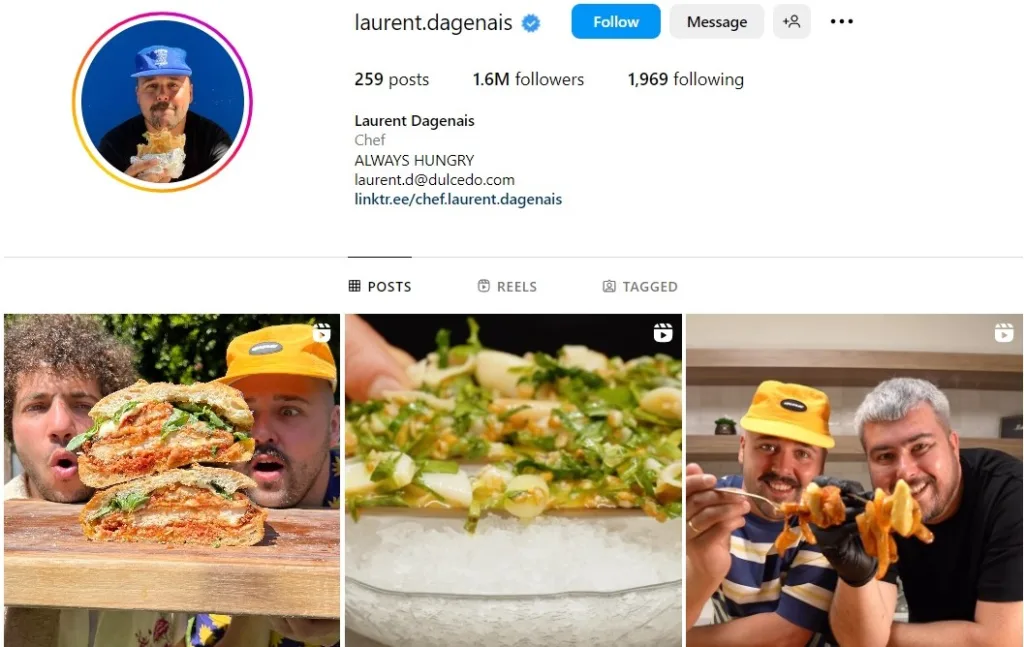



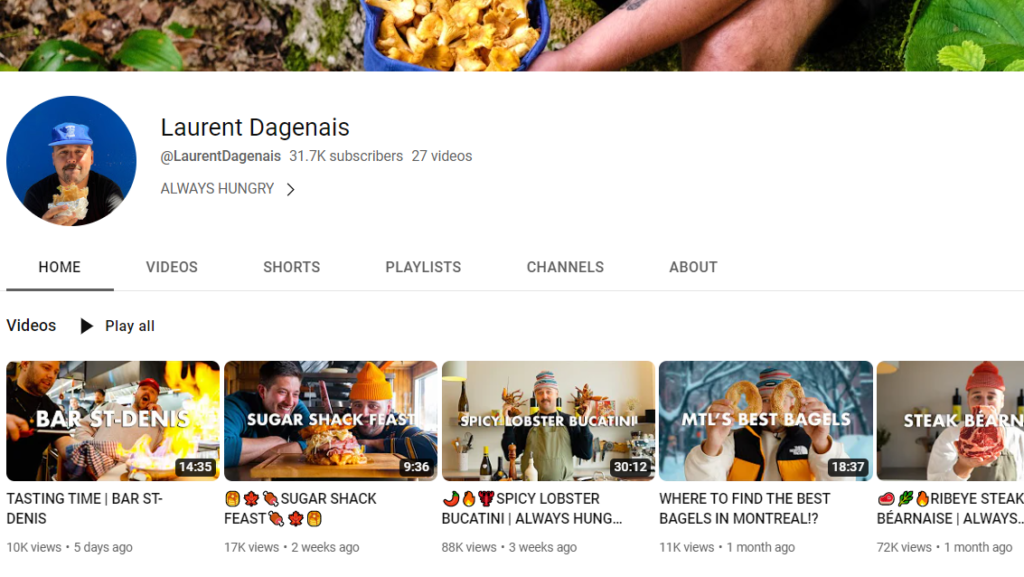
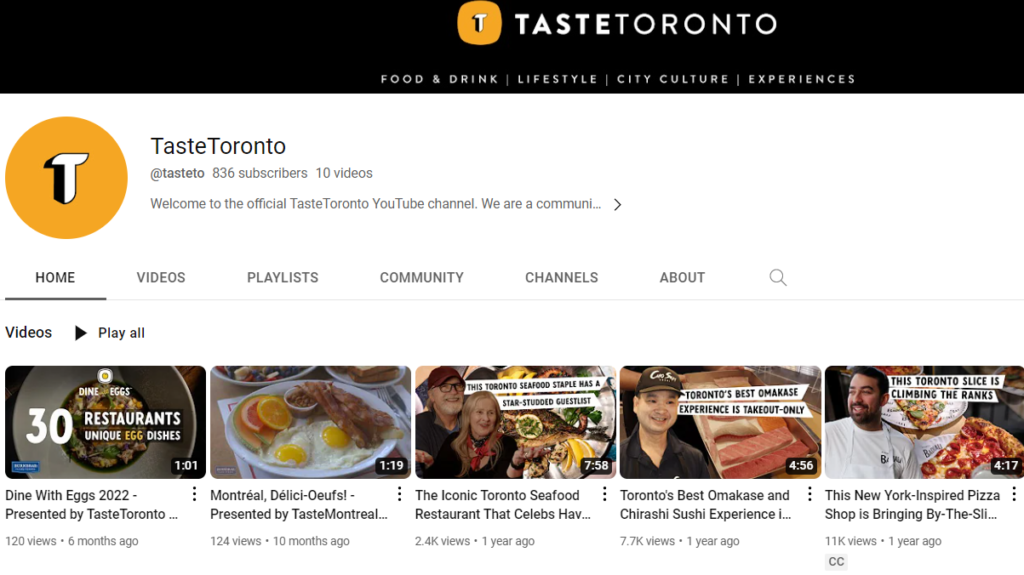
Which one to use?
With all of the debate about which orientation to use while taking videos especially if you’re filming on your smartphone, it ultimately comes down to one thing: your intended platform to upload your video to. Consider your target audience and where they will be watching when deciding how to film your video. Keep your content vertical if it’s appearing on your Instagram, TikTok or Facebook. Make it horizontal if it’s going on YouTube, unless you’re posting a YouTube “short.” If your videos will be used across many platforms, shoot them with plenty of room for cropping and editing in post-production.
What does the future holds?
Vertical and horizontal videos have long been at odds in the world of digital media, with advocates for each claiming superiority. However, both formats have distinct advantages and limitations, and they should coexist in order to accommodate diverse types of content and viewing experiences.
Instead of viewing both forms as completely opposed, we must embrace and use them to generate unique and compelling content that can be viewed on a range of screens and devices. Vertical videos are obviously here to stay, but that doesn’t infer horizontal videos should be left behind. Instead, we should consider these forms to be complementary and use them to generate content that is accessible and engaging for all audiences.
